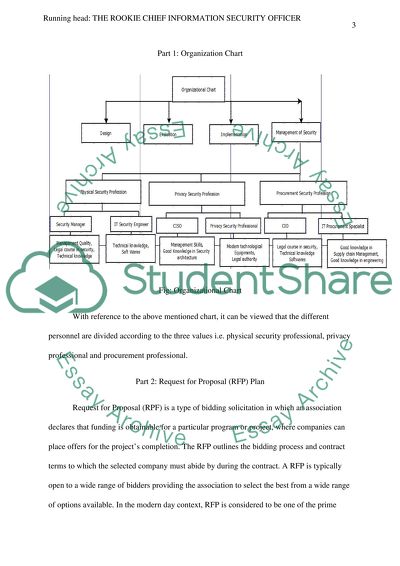Cite this document
(“The Rookie Chief Information Security Officer Term Paper - 1”, n.d.)
The Rookie Chief Information Security Officer Term Paper - 1. Retrieved from https://studentshare.org/information-technology/1485213-the-rookie-chief-information-security-officer
The Rookie Chief Information Security Officer Term Paper - 1. Retrieved from https://studentshare.org/information-technology/1485213-the-rookie-chief-information-security-officer
(The Rookie Chief Information Security Officer Term Paper - 1)
The Rookie Chief Information Security Officer Term Paper - 1. https://studentshare.org/information-technology/1485213-the-rookie-chief-information-security-officer.
The Rookie Chief Information Security Officer Term Paper - 1. https://studentshare.org/information-technology/1485213-the-rookie-chief-information-security-officer.
“The Rookie Chief Information Security Officer Term Paper - 1”, n.d. https://studentshare.org/information-technology/1485213-the-rookie-chief-information-security-officer.


